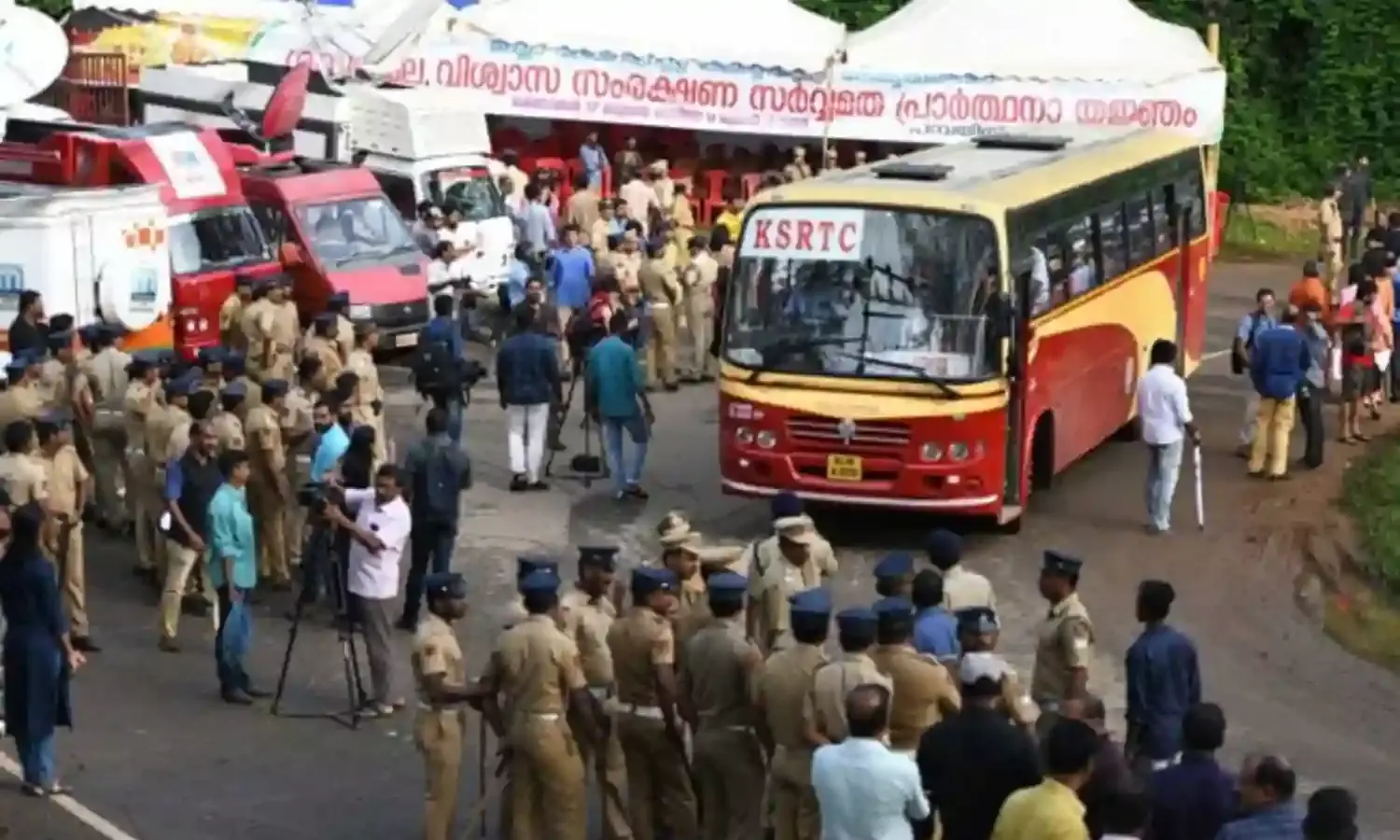
NEW DELHI: India’s Constitution gives “all persons” the right to profess, practise and propagate their religious beliefs. History however suggests that religious practices have often been exclusionary and discriminatory, against women and people deemed lower caste. The Supreme Court has sought to address such exclusion in the Sabrimala temple judgement by freeing the individual from the authority of the larger community.
Priests and several followers of the deity have however opposed implementing the court’s order, often violently. They claim to be protecting the sacred character of the temple. They argue that permitting women between 10 and 50 years of age to enter the temple would violate its sanctity, and this would be tantamount to denying the believer’s right to religious expression.
Dissenting Opinion and Community Rights
Justice Indu Malhotra’s dissenting opinion gives legitimacy to the priests’ beliefs. The dissent argues that the court must not test religious belief on objective and rational parameters. It finds that those who petitioned the court are not devotees of Lord Ayyapa and therefore have no right to seek judicial intervention in the matter. It also holds that public interest litigations must not be allowed in matters of religious faith and belief.
The question is not whether a religious community may profess its beliefs without judicial intervention. It is whether practices within the religion will be immune to the equality clause of the Constitution. The dissenting opinion evades this question, by saying that in matters of religion the equality clause may not protect individuals from discriminatory practices as the follower’s belief in the sanctity of customs is also constitutionally protected. The dissent holds that religious community rights need not always make way for individual liberties.
Indvidualism in the Constitution
Some commentators say that the majority judgement’s view, that the individual is central to the Constitution, is alien to India’s historical understanding of social and religious relationships. In societies around the world, religion has had an effect on political, social and economic institutions.
But over the centuries the world’s nation-states have moved towards Instituting democratic republics. Judicial duty in the Sabrimala case demanded a critical examination of social and religious hierarchies, and the rights of Hindu women as free individuals. The Supreme Court concluded that a constitutional court of the land cannot tell women, “Sorry, don’t visit the temple as you are impure”.
Unequal Individuals in Religion
In the first few paragraphs of his judgement Justice Chandrachud explains why the courts should indeed interfere in religious practices, by emphasising that the vision of the Constitution is transformative. It’s a document to bring about social change and instil fraternity, liberty, and equality within the citizenry.
“Liberty in matters of belief, faith and worship must produce a compassionate and humane society marked by the equality of status among citizens…”
Thus, religious practices which are contrary to the rights of individuals must not gain constitutional legitimacy through judicial orders. Inequality among persons premised on gender cannot be constitutional. Justice Chandrachud does not see why the burden of a man’s celibacy should rest on a woman. The guarantee of dignity and equality to women cannot be denied on the premise of religious expression.
J. Rohinton Nariman, J. Deepak Mishra and J. Khanwilkar all agreed on this fundamental principle, that not allowing women to access the temple does not stand the constitutional test of equality.
In the end, however, the balance of religious reform and individual liberties is subject to political and social will. It is only if the anti-majoritarian mechanisms in our institutions remain and are put to use, through the language of law, that we will be protected from the dangerous demands of majoritarianism. The true effect of this order will be only be known decades later, when viewed outside the frenzy of the current political climate.

